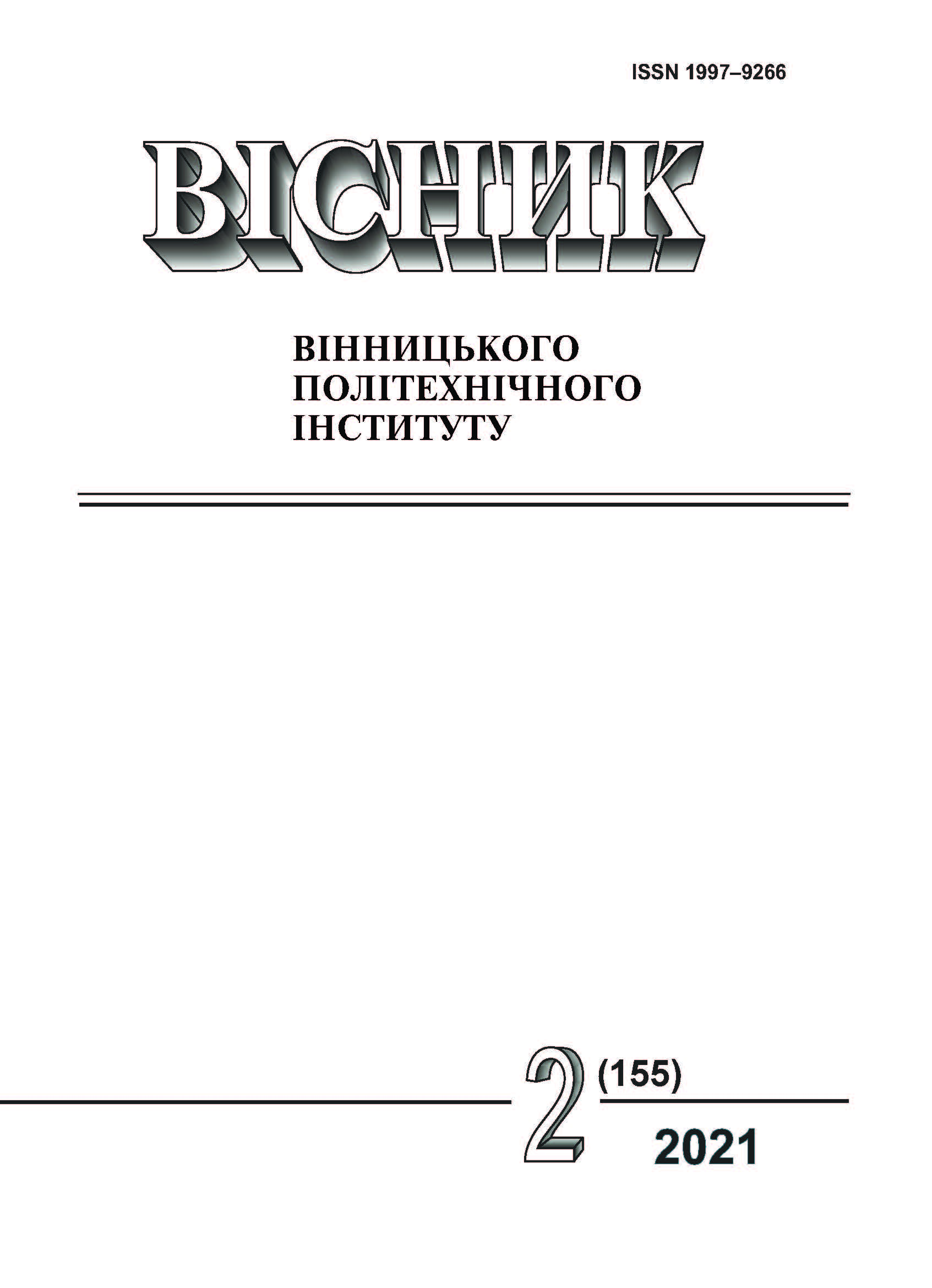Formation of High-Quality Technical Documentation for Software
DOI:
https://doi.org/10.31649/1997-9266-2021-155-2-98-106Keywords:
documentation, software, quality, quality models, types of technical documentation, ISO/IEC-9126 standard, technical task, document of requirementsAbstract
There is a problem that when creating software products, many companies pay attention to software development, rather than the formation of documentation. Therefore, the paper presents the importance of forming documentation for software. The concept of documentation quality in accordance with quality models, which are divided into basic and corporate, was considered. It was determined that the quality of the technical documentation for software systems is determined by three aspects: the content, presentation and representation. In accordance with the ISO/IEC-9126 standard, which consists of four components, life cycle documentation was presented, as well as its characteristics and sub-characteristics that can be used to analyze and evaluate the quality of documentation. This standard applies to software that is an information product. In turn, the information product can be considered as documentation. The quality of the information product can be assessed by measuring the following properties - internal, external properties, quality in use. But it should be noted that not all the characteristics and sub-characteristics that contain these quality models are applicable for the formation of useful-oriented documentation. Therefore, the following characteristics were chosen for the analysis: functional suitability (completeness and correctness) and quality in use (appropriateness recognizability, helpfulness, attractiveness).
The structures of documents presented in the standard GOST 19.101-77, which are components of the program documentation as a type of technical documentation, were also given.
Building quality software documentation requires constant monitoring and analysis of its correctness and quality, as well as the formation of modern requirements for its quality, so that the documentation was convenient, accessible to use and as informative as possible. Therefore, the problem of building quality technical documentation is urgent and relevant for further research.
References
А. А. Гордеев, и В. С. Харченко, «Эволюция моделей качества программного обеспечения: методика и результаты анализа в контексте стандарта ISO 25010,» Системи обробки інформації, № 6 (113), с. 13-31, 2013.
А. Kobyliński, “ISO/IEC 9126 – Analiza modelu jakości produktуw programowych. Prace Naukowe,” Akademia Ekonomiczna w Katowicach, Tom: Systemy wspomagania organizacji SWO'2003, 2003, p. 459-468.
О. В. Поморова, i Т. О. Говорущенко, «Аналіз методів та засобів оцінки якості програмних систем,» Радіоелек тронні і комп’ютерні системи, № 6 (40), с. 148-158, 2009.
ГОСТ Р ИСО/МЭК 15910-2002 «Процесс создания документации пользователя программного средства.» Москва, РФ: ИПК Издательство стандартов, 2002.
Госстандарт России, «Единая система программной документации. Обеспечение систем обработки информации программное,» ГОСТ 19781-90, введ. 01.01.92. Москва: изд-во стандартов, 1992, 14 с.
В. М. Коцовський, «Процеси та системи підтримки якості програмних систем,» Конспект лекцій з дисципліни «Процеси та системи підтримки якості програмних процесів».Ужгород: ДВНЗ «УжНУ», 43 с, 2013.
Проблеми теорії та методології бухгалтерського обліку, контролю і аналізу, міжнар. зб. наук. пр. Житомир, Україна: Держ. технол. ун-т., 2005.
J. A. McCall, P. K. Richards, and G. F. Walters, “Factors in Software Quality,” Nat'l Tech. Information Service, vol. 1, 2, 3, 1977.
B. W. Boehm, J. R. Brown, H. Kaspar, M. Lipow, G. McLeod, and M. Merritt, Characteristics of Software Quality. North Holland, 1978.
C. Ghezzi, M. Jazayeri, and D. Mandrioli, Fundamental of software Engineering. Prentice Hall, 1991.
International standard IEEE 1219-1993. Standard for Software Maintenance, Software Engineering Standards Subcommittee of the IEEE Computer Society, 1993, 45 p.
G. R. Dromey, “A model for software product quality,” IEEE Trans. on software Eng., vol. 21, no. 2, pp. 146-162, 1995.
J. Bansiya, and C. Davis, “Hierarchical Model for Object-Oriented Quality Assessment,” IEEE Transactions on Software Engineering, vol. 28, issue 1, pp. 4-17, 2002.
International Standard ISO 9126-1. Software engineering – Product quality, part 1: Quality, 2001, 32 p.
International standard ISO/IEC FDIS 25010, System and software quality models, 2010, 34 p.
ДСТУ 2941-94, Системи оброблення інформації. Розроблення систем. Терміни та визначення.
Г. С. Погромська, і Н. А. Махровська, Програмні проєкти: управління та розробка, навч-метод. посіб. Миколаїв, 2017, 153 с.
A. Synko, and A. Peleshchshyn, “Software development documentation – documentation types and standards,” Scientific Journal of TNTU (Tern.), vol 98, no. 2, pp. 120-128, 2020.
ГОСТ 19.101-77, Единая система программной документации. Виды программ и программных документов.
Р. А. Шмиг, В. М. Боярчук, І. М. Добрянський, i В. М. Барабаш, Технічна документація, термінологічний словник-довідник з будівництва та архітектури. Львів, Україна, 2010, с. 192.
Н. І. Дичка, та Н. М. Гордієнко, «Стилістичні особливості англомовної технічної документації,» Молодий вчений, № 1 (65), с. 357-360, 2019.
Л. А. Лисиченко, Лексико-семантична система української мови. Харків, 1997, 130 с.
А. А. Гордеев, и В. С. Харченко, «Эволюции моделей качества программного обеспечения: методика и результаты анализа,» Системи обробки інформації, вип. 6 (113), с. 13-31, 2013.
Downloads
-
PDF (Українська)
Downloads: 1786
Published
How to Cite
Issue
Section
License

This work is licensed under a Creative Commons Attribution 4.0 International License.
Authors who publish with this journal agree to the following terms:
- Authors retain copyright and grant the journal right of first publication.
- Authors are able to enter into separate, additional contractual arrangements for the non-exclusive distribution of the journal's published version of the work (e.g., post it to an institutional repository or publish it in a book), with an acknowledgment of its initial publication in this journal.
- Authors are permitted and encouraged to post their work online (e.g., in institutional repositories or on their website) prior to and during the submission process, as it can lead to productive exchanges, as well as earlier and greater citation of published work (See The Effect of Open Access).





